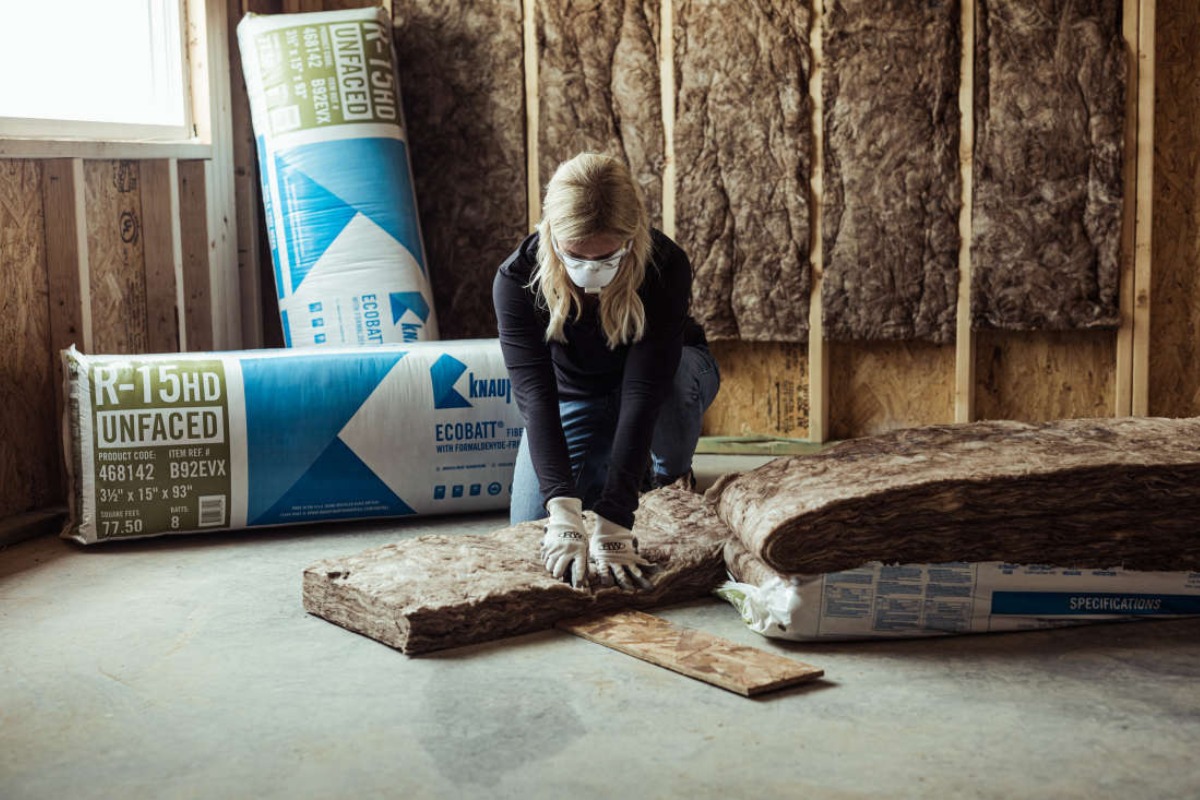

Articles
What Is The R-Value In Insulation
Modified: February 23, 2024
Learn about the R value in insulation and its significance in energy efficiency. Read informative articles on insulation types, materials, and installation techniques.
(Many of the links in this article redirect to a specific reviewed product. Your purchase of these products through affiliate links helps to generate commission for Storables.com, at no extra cost. Learn more)
Introduction
When it comes to insulating our homes or buildings, there are various factors to consider. One of the key elements that play a vital role in determining the effectiveness of insulation is the R-value. The R-value measures the resistance of a material to heat flow, and understanding its significance is crucial in achieving optimal energy efficiency and comfort in our living spaces.
In simple terms, the R-value of insulation helps us determine how well it can resist the transfer of heat. The higher the R-value, the better the insulation performs in preventing heat from escaping during the winter or entering during the summer. This factor directly impacts the energy efficiency of a building, reducing the need for excessive heating or cooling and ultimately saving on utility bills.
Understanding the concept of R-value in insulation is important for homeowners, contractors, and construction professionals alike. By knowing the R-value of insulation materials, they can make informed decisions and select the most suitable products for their specific needs. Additionally, they can ensure that proper insulation is installed to meet local building codes and regulations.
In this article, we will delve into the definition, importance, factors affecting, and benefits of the R-value in insulation. We will also explore how to determine the appropriate R-value for insulation, decipher R-value labels and standards, and provide tips for improving insulation’s R-value. Understanding these aspects will empower you to make informed choices and optimize the energy efficiency and comfort of your living or working environment.
Key Takeaways:
- Understanding the R-value in insulation is crucial for energy efficiency and comfort. It impacts heating and cooling costs, indoor temperature stability, and environmental sustainability.
- Factors such as material type, thickness, and installation quality affect the R-value of insulation. Consider these factors to optimize insulation effectiveness and energy efficiency.
Read more: What R-Value Is Blow-In Insulation
Definition of R-Value
The R-value is a measurement that quantifies the ability of a material to resist the flow of heat. It is a thermal resistance rating that indicates how well an insulating material can prevent heat transfer. The term “R-value” stands for thermal resistance value. The higher the R-value, the greater the resistance to heat flow, resulting in better insulation performance.
R-value is a standardized metric used in the construction and insulation industry. It is measured in units of thermal resistance per unit area, typically expressed as square feet times hours times degrees Fahrenheit per British thermal unit (ft²·hr·°F/BTU). Essentially, it represents the amount of thermal resistance per inch of thickness of insulation material.
For example, if insulation material has an R-value of 30, it means that it provides 30 units of thermal resistance for every inch of thickness. In other words, it will impede the flow of heat 30 times more efficiently than a material with an R-value of 1.
The R-value of insulation is determined by various factors, including the material’s composition, density, and thickness. Each insulation material has a different intrinsic thermal resistance, which is quantified as its R-value. Common insulation materials, such as fiberglass, cellulose, and foam, have different R-values per inch due to their unique characteristics.
It is important to note that R-values are additive. This means that if you have multiple layers of insulation, their individual R-values can be summed to calculate the total R-value of the entire insulation system. For example, if you have insulation with an R-value of 20 and add another layer with an R-value of 15, the total R-value will be 35.
In summary, the R-value is a metric that quantifies the thermal resistance of insulation materials. It helps determine the efficiency of insulation in resisting heat flow and plays a crucial role in achieving energy efficiency and comfort in our buildings.
Importance of R-Value in Insulation
The R-value is a critical factor in determining the effectiveness of insulation in preventing heat transfer. It plays a crucial role in enhancing the energy efficiency, comfort, and overall performance of buildings. Here are some key reasons why the R-value is important in insulation:
- Energy Efficiency: Insulation with a higher R-value provides better thermal resistance, reducing the amount of energy required to heat or cool a space. This leads to significant energy savings and lower utility bills over time. By minimizing heat transfer through walls, roofs, and floors, insulation with a high R-value helps maintain stable indoor temperatures and reduces the reliance on heating and cooling systems.
- Year-round Comfort: Proper insulation with an appropriate R-value helps create a more comfortable indoor environment. It prevents cold drafts during winter and keeps the heat out during summer, ensuring consistent and comfortable temperatures throughout the year. Insulation with a high R-value also helps minimize air leakage, reducing the infiltration of outdoor noise, dust, and pollutants.
- Moisture Control: Insulation materials with a higher R-value often possess better moisture resistance properties. Effective insulation helps minimize condensation on surfaces, reducing the risk of mold growth, rot, and structural damage. By controlling moisture levels, insulation with a high R-value can contribute to a healthier and safer indoor environment.
- Long-term Cost Savings: Though insulation with a higher R-value may have a higher upfront cost, it offers long-term cost savings. The energy savings achieved through improved insulation performance can offset the initial investment in a relatively short period. Additionally, higher R-value insulation can contribute to the long-term durability and lifespan of a building, reducing the need for frequent repairs and replacements.
- Environmental Impact: Buildings account for a significant portion of energy consumption and greenhouse gas emissions. By using insulation materials with higher R-values, we can reduce our carbon footprint by decreasing energy consumption. Energy-efficient insulation helps promote sustainability and contributes to a greener and more environmentally friendly future.
Overall, the R-value is a crucial factor in insulation that directly impacts energy efficiency, comfort, durability, and environmental sustainability. Understanding the importance of R-value can guide homeowners, builders, and designers in making informed decisions regarding insulation choices, leading to improved building performance and reduced environmental impact.
Factors Affecting R-Value
The R-value of insulation can be influenced by various factors that affect its thermal resistance. It is essential to consider these factors when selecting and installing insulation to ensure optimal performance. Here are the key factors that can affect the R-value of insulation:
- Material Type: Different insulation materials have varying intrinsic thermal properties. For example, fiberglass insulation typically has a higher R-value per inch compared to cellulose insulation. Each material has its unique composition and structure, which impacts its ability to resist heat flow.
- Thickness: The thickness of the insulation directly affects its R-value. As a general rule, increasing the thickness of insulation increases its thermal resistance. Insulation with a greater thickness provides more barriers for heat transfer, resulting in higher R-value and improved insulation performance.
- Density: The density of insulation material can impact its R-value. Generally, denser materials offer higher R-values due to the increased resistance to heat flow. However, there can be variations based on the specific characteristics of the insulation material.
- Air Infiltration: Air movement within insulation can reduce its ability to resist heat transfer. Properly installed insulation should create an airtight barrier, minimizing convective heat loss. Any gaps, cracks, or holes in the insulation can allow air infiltration, decreasing its overall R-value and compromising its effectiveness.
- Moisture Content: Moisture can significantly impact the thermal resistance of insulation. When insulation gets wet or absorbs moisture, its ability to resist heat flow decreases. Moisture in insulation can also lead to mold growth, rot, and structural damage, compromising the overall performance of insulation and reducing its R-value.
- Installation Quality: The quality of insulation installation plays a crucial role in maximizing its R-value. Improperly installed insulation can result in gaps, compression, or uneven distribution, reducing its effectiveness. It is essential to follow manufacturer guidelines and work with certified professionals to ensure correct installation techniques.
- Temperature Variations: The R-value of insulation can be influenced by temperature variations. Some insulation materials may have slight variations in their thermal resistance properties depending on temperature fluctuations. It is important to select insulation materials that maintain consistent thermal performance under various temperature conditions.
- Aging and Degradation: Over time, some insulation materials may experience degradation or settling, which can impact their R-value. It is essential to consider the long-term durability and performance characteristics of insulation materials to ensure they can maintain their thermal resistance properties over their intended lifespan.
It is important to consider these factors when selecting and installing insulation to ensure that the chosen materials and installation methods align with the desired thermal performance goals. By understanding these factors, one can make informed decisions and achieve optimal insulation effectiveness.
Determining the Appropriate R-Value for Insulation
Choosing the appropriate R-value for insulation is crucial in achieving optimal energy efficiency and comfort in buildings. It requires careful consideration of various factors such as climate, building structure, and local building codes. Here are the key steps to determine the appropriate R-value for insulation:
- Assess Climate Conditions: The first step in determining the appropriate R-value is to evaluate the climate conditions in your area. Different climate zones have different heating and cooling requirements. Consult climate zone maps or local energy codes to understand the recommended R-values for insulation in your region.
- Evaluate Building Type and Structure: The type and structure of the building can also influence the appropriate R-value. Factors such as the size of the building, number of stories, and the presence of windows and doors will impact heat transfer. Considerations such as the direction of the building’s orientation, shading, and insulation placement play a role in determining the required R-value.
- Consider Energy Efficiency Goals: Determine your energy efficiency goals and budget constraints. Higher R-values provide better thermal resistance, resulting in increased energy savings. However, higher R-values may also come with higher upfront costs. Evaluate your energy efficiency goals and budget to find the balance between performance and affordability.
- Consult with Professionals: Seek advice from insulation professionals or energy auditors who can provide guidance based on localized knowledge and expertise. They can conduct energy assessments and recommend the appropriate R-values based on your specific building characteristics and energy efficiency goals.
- Refer to Building Codes and Standards: Check local building codes and energy efficiency standards. Many regions have specific requirements for insulation R-values that need to be met during construction or renovation. Adhering to these codes ensures compliance with industry standards and helps avoid potential issues during inspections or appraisal processes.
- Consider Additional Factors: Evaluate any additional factors that may affect the required R-value. These factors can include the availability of renewable energy systems, desired indoor comfort levels, and future plans for the building, such as additions or renovations. Considering these factors will help ensure that the chosen R-value caters to the specific needs of your property.
Ultimately, the appropriate R-value for insulation depends on a combination of climate conditions, building specifics, energy efficiency goals, and local regulations. It is recommended to consult with professionals to determine the most suitable R-value for your specific project. By doing so, you can ensure that your insulation will effectively reduce energy waste and provide optimal comfort for years to come.
Read more: What Is The R-Value Of Fiberglass Insulation
Understanding R-Value Labels and Standards
When selecting insulation, it is crucial to understand the labels and standards associated with R-values. These labels provide important information about the performance and thermal resistance of the insulation material. Here’s a guide to help you understand R-value labels and standards:
- R-Value on Product Packaging: Manufacturers typically label insulation products with their respective R-values. This label indicates the thermal resistance of the insulation material per inch of thickness. It allows consumers to compare different insulation products and select the one that best meets their specific needs.
- R-Value per Assembly: In addition to the R-value of individual insulation products, it is important to understand the R-value per assembly. This refers to the combined R-value of all the layers of insulation within a wall, roof, or floor assembly. It accounts for the cumulative thermal resistance created by multiple layers of insulation.
- Minimum R-Value Requirements: Building codes and energy efficiency standards often stipulate minimum R-value requirements for insulation in various climate zones. These requirements set baseline standards for insulation performance and help ensure energy efficiency in buildings. It is essential to be aware of these requirements when selecting insulation to comply with local regulations.
- R-Value Testing Standards: The R-value of insulation materials is determined through standardized testing procedures. One commonly used testing standard is ASTM C518, which measures the steady-state thermal resistance of insulation. Understanding these testing standards helps ensure accurate and consistent R-value measurements across different insulation products.
- Climate Zone Recommendations: Various organizations, such as the Department of Energy (DOE) and the International Energy Conservation Code (IECC), provide climate zone recommendations for insulation R-values. These recommendations take into account regional climate conditions and provide guidance on the minimum insulation requirements for different areas.
- R-Value Upgrades: It is important to note that existing buildings can often benefit from insulation upgrades to improve energy efficiency. In some cases, local utility companies or governmental programs offer incentives or rebates for upgrading insulation to higher R-values. Understanding these upgrade opportunities can help maximize energy savings and minimize costs.
It is advisable to consult with insulation professionals or energy auditors who can guide you through the process of understanding R-value labels and standards. They can help you navigate the various requirements, select the appropriate insulation materials, and ensure compliance with local building codes and energy efficiency standards.
By understanding R-value labels and standards, you can make informed decisions about insulation, optimize energy efficiency, and achieve greater comfort in your living or working environment.
The R-value measures the effectiveness of insulation in resisting heat flow. The higher the R-value, the better the insulation’s ability to keep heat in or out of a space.
Common Insulation Materials and their R-Values
There are various insulation materials available on the market, each with its own unique characteristics and thermal resistance properties. Here are some common insulation materials and their corresponding R-values:
- Fiberglass: Fiberglass insulation is one of the most widely used insulation materials. It comes in the form of batts, rolls, or loose-fill. Fiberglass batts typically have an R-value of R-3 to R-4 per inch, while blown-in fiberglass has an R-value of R-2.2 to R-2.7 per inch. Higher-density fiberglass insulation can have a higher R-value per inch.
- Cellulose: Cellulose insulation is made from recycled paper treated with fire-retardant chemicals. It is available as loose-fill or dense-packed. Cellulose insulation typically has an R-value of R-3.2 to R-3.8 per inch, depending on density. It is known for its excellent thermal performance and ability to reduce air infiltration.
- Spray Foam: Spray foam insulation is a versatile option that expands and hardens upon application. It provides an air-sealing barrier and can be used in various applications. Closed-cell spray foam insulation has a higher R-value, typically ranging from R-6 to R-7 per inch, while open-cell spray foam has a lower R-value of around R-3.5 per inch.
- Rigid Foam: Rigid foam insulation boards are durable and offer high R-values. There are different types of rigid foam insulation, including expanded polystyrene (EPS), extruded polystyrene (XPS), and polyisocyanurate (polyiso). Rigid foam insulation can have R-values ranging from R-4 to R-8 per inch, depending on the specific material and density.
- Mineral Wool: Mineral wool insulation, also known as rock wool or slag wool, is made from melted rock or industrial byproducts. It is available as batts, boards, or loose-fill. Mineral wool insulation has an R-value of around R-3.0 to R-4.2 per inch, providing excellent fire resistance and sound insulation properties.
- Aircrete Blocks: Aircrete blocks or autoclaved aerated concrete (AAC) blocks are lightweight and have good thermal insulation properties. The R-values of aircrete blocks range from R-2.5 to R-3.9 per inch, depending on the specific block composition and density.
- Natural Fiber Insulation: Insulation materials derived from natural fibers, such as wool, cotton, or hemp, have gained popularity due to their sustainable qualities. These materials typically have R-values ranging from R-3.2 to R-4.0 per inch, depending on the specific fiber type and density.
It is important to note that the R-values mentioned above are approximate values and can vary based on the specific product, density, and installation technique. It is advisable to consult product labels or manufacturers’ specifications for accurate R-values.
When selecting insulation materials, it is important to consider other factors as well, such as moisture resistance, fire resistance, sustainability, and cost-effectiveness. Consulting with insulation professionals can help you determine the most suitable insulation material and achieve the desired thermal performance for your specific project.
Benefits of High R-Value Insulation
Choosing insulation with a high R-value offers numerous benefits for homeowners and building occupants. High R-value insulation helps create a more energy-efficient, comfortable, and sustainable living or working environment. Here are the key benefits of using high R-value insulation:
- Improved Energy Efficiency: High R-value insulation provides enhanced thermal resistance, reducing heat transfer through walls, roofs, and floors. This improved insulation performance helps minimize the need for excessive heating or cooling energy, resulting in reduced energy consumption and lower utility bills. Over time, the energy savings achieved can offset the initial cost of the insulation.
- Enhanced Comfort: Insulation with a high R-value helps maintain consistent indoor temperatures throughout the year. It prevents drafts, cold spots, and heat loss during winter, and keeps the heat out during summer, creating a more comfortable living or working environment. Improved insulation also reduces noise transmission and the infiltration of dust and allergens, further enhancing comfort levels.
- Reduced Environmental Impact: High R-value insulation contributes to a greener and more sustainable future. By minimizing energy waste and reducing greenhouse gas emissions associated with heating and cooling, it helps lower the carbon footprint of a building. Using energy-efficient insulation materials aligns with environmental goals and can contribute to certifications such as LEED (Leadership in Energy and Environmental Design).
- Moisture Control and Indoor Air Quality: High R-value insulation helps prevent condensation and moisture build-up within walls and other building components. By controlling moisture levels, it reduces the risk of mold growth, rot, and structural damage. Improved insulation also helps create a healthier indoor environment by reducing the infiltration of outdoor pollutants and allergens.
- Long-Term Durability and Sustainability: Insulation with a high R-value usually possesses better durability and longevity. High-quality insulation materials with high R-values can maintain their performance over the long term, minimizing the need for frequent replacements or repairs. This durability contributes to the overall sustainability of the building and reduces construction waste.
- Protection of Building Structure: High R-value insulation helps mitigate thermal bridging, which occurs when heat escapes or enters through gaps in insulation. By reducing thermal bridging, it protects the building structure from extreme temperature fluctuations, which can lead to damage and deterioration. This insulation also helps maintain a stable internal environment, preserving the integrity of the building over time.
Ultimately, using high R-value insulation provides numerous benefits, including improved energy efficiency, enhanced comfort, reduced environmental impact, better moisture control, and long-term durability. It is important to consider these advantages when selecting insulation materials and making decisions about the thermal performance of your home or building. Seek guidance from insulation professionals to choose the best insulation options for your specific needs and goals.
Cost Considerations in Relation to R-Value
When it comes to choosing insulation with a specific R-value, cost is an important factor to consider. The cost of insulation materials and installation can vary based on several factors, including the desired R-value, the type of insulation, and the size of the project. Here are some cost considerations in relation to R-value:
- Upfront Cost: In general, insulation materials with higher R-values tend to have higher upfront costs compared to lower R-value options. This is because higher R-value materials often have better thermal performance, are made from more advanced technology, or employ more effective materials. It is important to factor in the upfront cost when balancing the desired thermal performance with budget constraints.
- Energy Savings: While high R-value insulation may have a higher initial cost, it offers significant energy savings over time. The improved thermal resistance of high R-value insulation reduces the need for heating and cooling, resulting in lower energy consumption and utility bills. It is important to consider the long-term energy savings when evaluating the cost-effectiveness of insulation options.
- Return on Investment (ROI): The ROI of insulation depends on several factors, including the cost of the insulation, the energy savings achieved, and the lifespan of the insulation. Higher R-value insulation often provides a quicker return on investment due to the increased energy savings. Assessing the potential ROI can help justify the initial investment in high R-value insulation.
- Insulation Thickness: The thickness of insulation required to achieve a specific R-value can also impact the overall cost. Higher R-value insulation may require thicker applications, which can increase material and installation costs. However, thicker insulation can also lead to greater energy savings and improved comfort, making it a worthier investment in the long run.
- Installation Complexity: Some insulation materials, such as spray foam or rigid foam, may require a more specialized installation process. The complexity of installation can impact the overall cost. It is important to consider the additional costs associated with installation when selecting insulation materials with higher R-values.
- Building Codes and Regulations: Compliance with local building codes and energy efficiency standards is essential but may also impact cost. These regulations often stipulate minimum R-value requirements for insulation in specific climate zones. While meeting these requirements is crucial, it may require additional investment in insulation materials to achieve the desired R-value levels.
- Insulation Lifespan: The lifespan of insulation can vary depending on the material and other factors. Higher quality insulation materials with higher R-values often have longer lifespans, reducing the need for frequent replacements or maintenance. Considering the longevity of insulation can help assess the overall cost-effectiveness of higher R-value options.
It is important to weigh the upfront cost against the long-term benefits and energy savings when considering insulation options with higher R-values. Assessing the overall cost-effectiveness, ROI, and potential energy savings can help make informed decisions that align with budget constraints and energy efficiency goals.
Consulting with insulation professionals and conducting a cost-benefit analysis can provide valuable insights into the best insulation options for your specific needs and budget.
Read more: What R-Value Insulation For Interior Walls
Tips for Improving Insulation’s R-Value
Improving the R-value of your insulation can enhance the energy efficiency and comfort of your home or building. Here are some tips to help you maximize your insulation’s R-value:
- Add Additional Insulation: Consider adding more insulation to areas with low R-values or where gaps and voids exist. Increasing the thickness or density of insulation can significantly improve its thermal resistance and overall performance.
- Seal Air Leaks: Properly sealing air leaks throughout your building helps prevent heat transfer and energy loss. Seal gaps, cracks, and holes in walls, windows, doors, and foundations using caulking, weatherstripping, or spray foam insulation. This improves the efficiency of your insulation and overall energy performance.
- Insulate Attics and Crawl Spaces: Attics and crawl spaces are major sources of heat loss or gain. By insulating these areas properly, you can increase the overall R-value of your insulation system. Seal any air leaks, install insulation batts or blown-in insulation, and consider using reflective barriers for added thermal resistance.
- Upgrade Windows and Doors: Windows and doors are common areas where heat can escape or enter. Consider upgrading to energy-efficient windows and doors with low U-values (the inverse of R-value) and high thermal performance. This can minimize thermal bridging and improve the overall insulation performance of your building envelope.
- Insulate Pipes and HVAC Ducts: Insulating pipes and HVAC ducts can prevent heat loss or gain, improving overall energy efficiency. Wrap exposed pipes with insulation sleeves or foam tape to reduce heat transfer. Similarly, insulate HVAC ducts located in unconditioned spaces to minimize energy loss during distribution.
- Use Reflective Roofing Materials: Reflective roofing materials, such as cool roofs or metal roofs with reflective coatings, can reduce the transfer of solar heat into your building. These materials can improve the overall thermal performance of your roof and lessen the load on your insulation system.
- Consider Insulated Siding: Insulated siding can be an effective way to increase the R-value of your walls. These siding materials have built-in insulation, reducing thermal bridging and enhancing energy efficiency.
- Pay Attention to Proper Installation: Ensure that insulation is installed correctly to maximize its R-value. Improper installation, such as compressed or poorly fitted insulation, can reduce its effectiveness. Consider hiring certified professionals who are experienced in proper insulation installation techniques.
- Perform Regular Maintenance and Inspection: Regularly inspect your insulation system for any signs of damage, compression, or moisture. Moisture can reduce the thermal resistance of insulation and compromise its effectiveness. Maintaining and replacing damaged insulation promptly can help maintain the desired R-value and avoid potential problems.
- Consult with Insulation Professionals: Seek advice from insulation professionals or energy auditors who can provide tailored recommendations for improving your insulation’s R-value. Their expertise can help you identify specific areas for improvement and recommend the most suitable insulation materials and techniques for your building.
Implementing these tips can help optimize your insulation’s R-value and improve the overall energy efficiency and comfort of your home or building. By making smart choices and addressing problem areas, you can create a more sustainable and energy-efficient living or working environment.
Conclusion
The R-value is a crucial factor to consider when it comes to insulation. Understanding its definition, importance, and impact on energy efficiency is essential for homeowners, contractors, and construction professionals. By selecting insulation materials with higher R-values, we can achieve greater thermal resistance and overall insulation performance.
The benefits of high R-value insulation are numerous. It improves energy efficiency by reducing heat transfer, resulting in lower energy consumption and utility bills. High R-value insulation also enhances comfort by maintaining consistent indoor temperatures and reducing drafts. It contributes to a greener and more sustainable future by reducing environmental impact.
Determining the appropriate R-value for insulation involves considering factors such as climate conditions, building type, energy efficiency goals, and local regulations. By consulting professionals and understanding R-value labels and standards, we can make informed decisions that align with our needs and comply with industry guidelines.
Common insulation materials, each with their specific R-values, offer choices for different applications and budgets. It is essential to select insulation materials based on factors such as thermal performance, moisture resistance, fire resistance, and sustainability.
Considerations regarding cost, ROI, and installation techniques are important when evaluating insulation options. Upsizing insulation thickness, sealing air leaks, insulating attics and crawl spaces, and upgrading windows and doors are effective strategies to improve insulation’s R-value.
In conclusion, insulation’s R-value plays a significant role in achieving energy efficiency, comfort, and sustainability. By understanding the concept, considering factors and options, and implementing strategies to improve R-value, we can enhance the performance and overall quality of our homes and buildings.
Frequently Asked Questions about What Is The R-Value In Insulation
Was this page helpful?
At Storables.com, we guarantee accurate and reliable information. Our content, validated by Expert Board Contributors, is crafted following stringent Editorial Policies. We're committed to providing you with well-researched, expert-backed insights for all your informational needs.
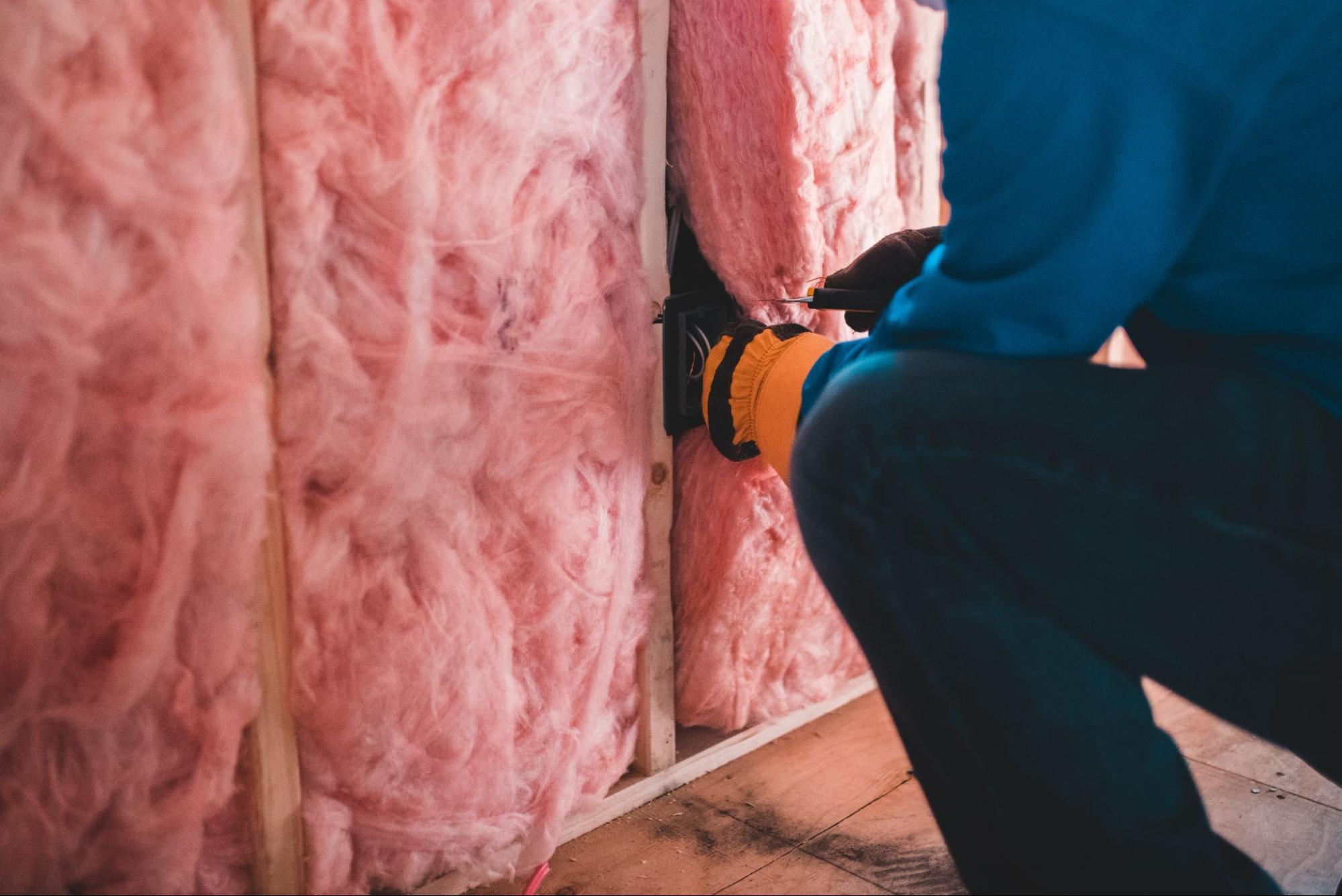
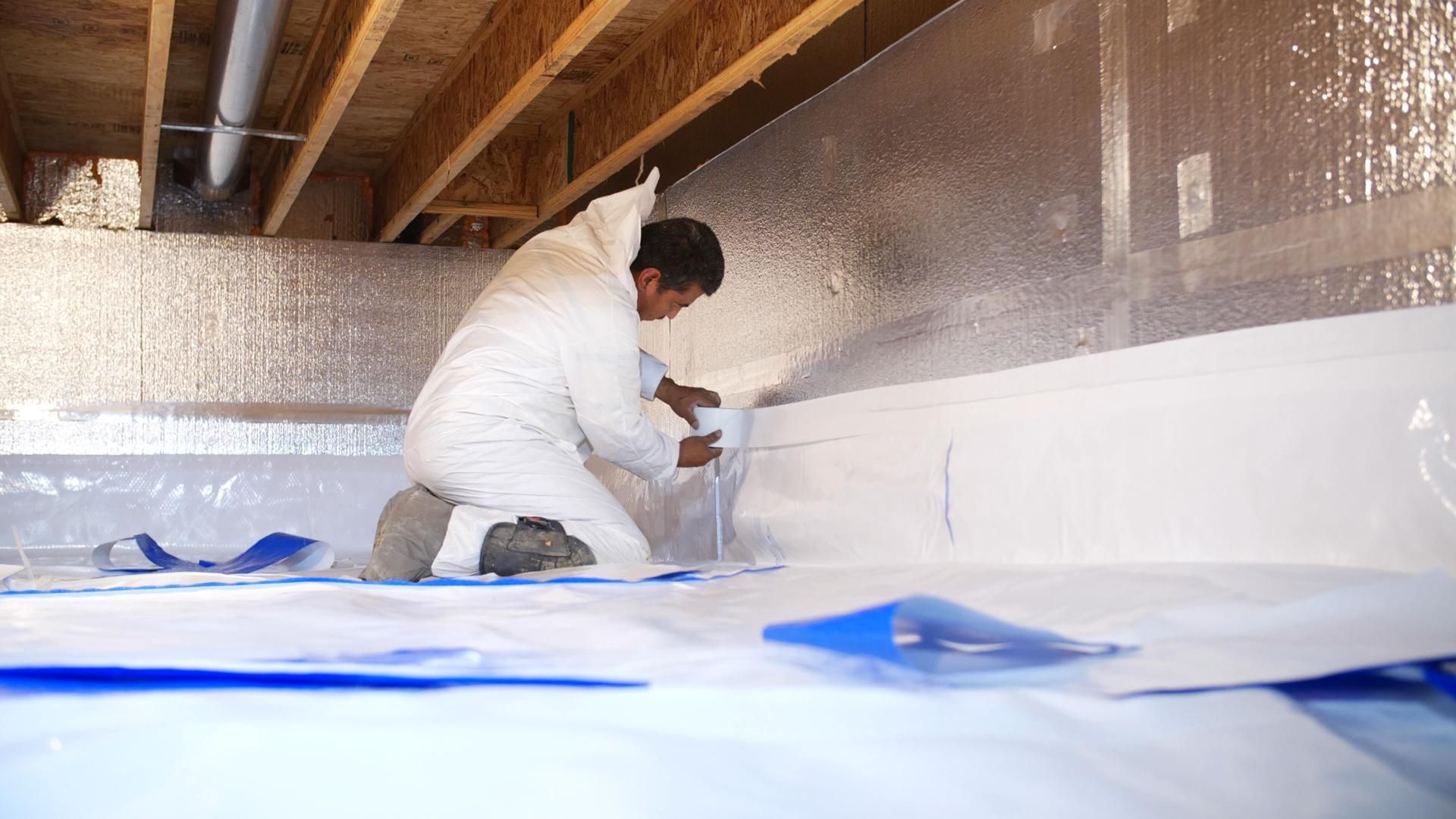
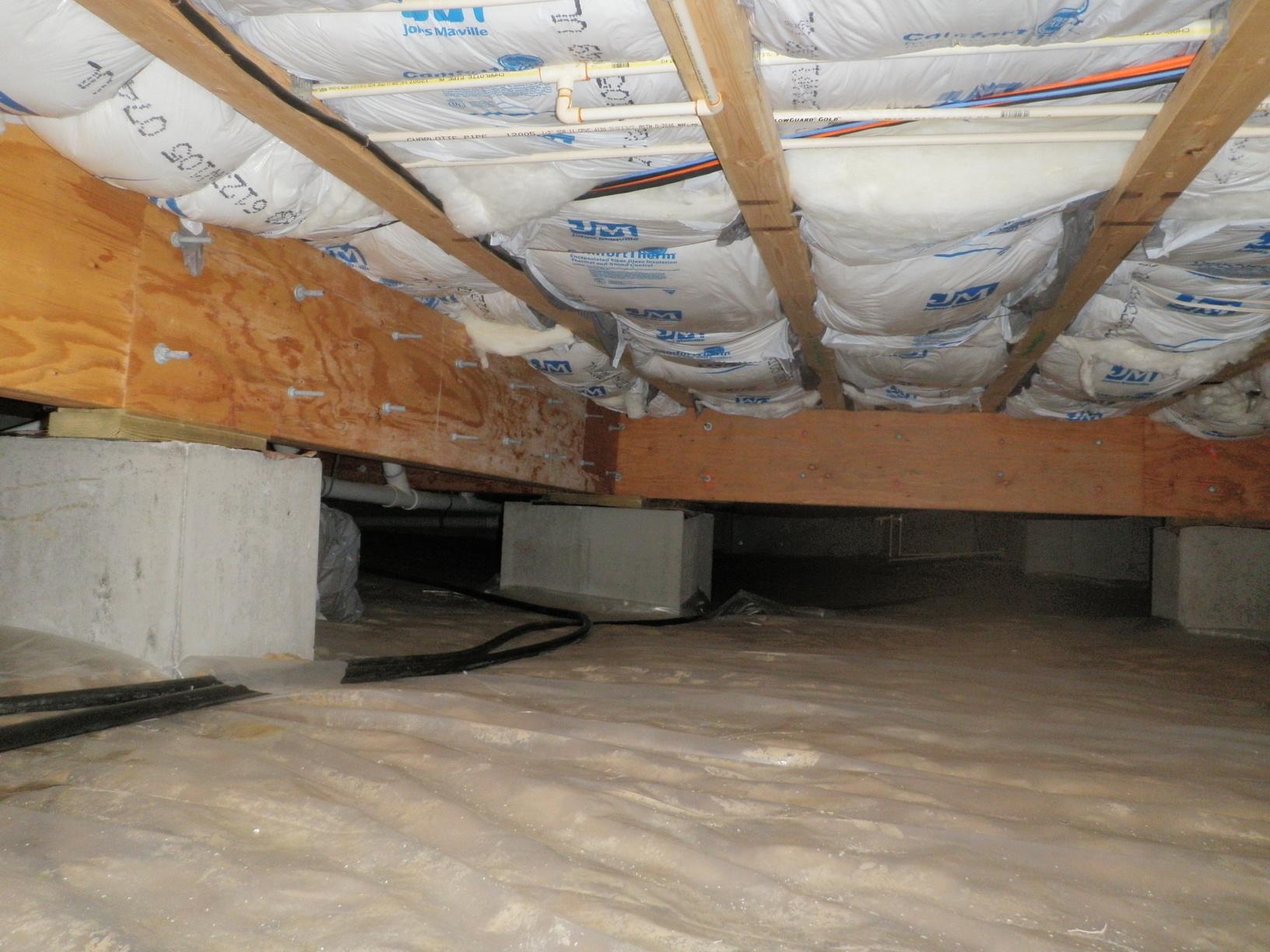
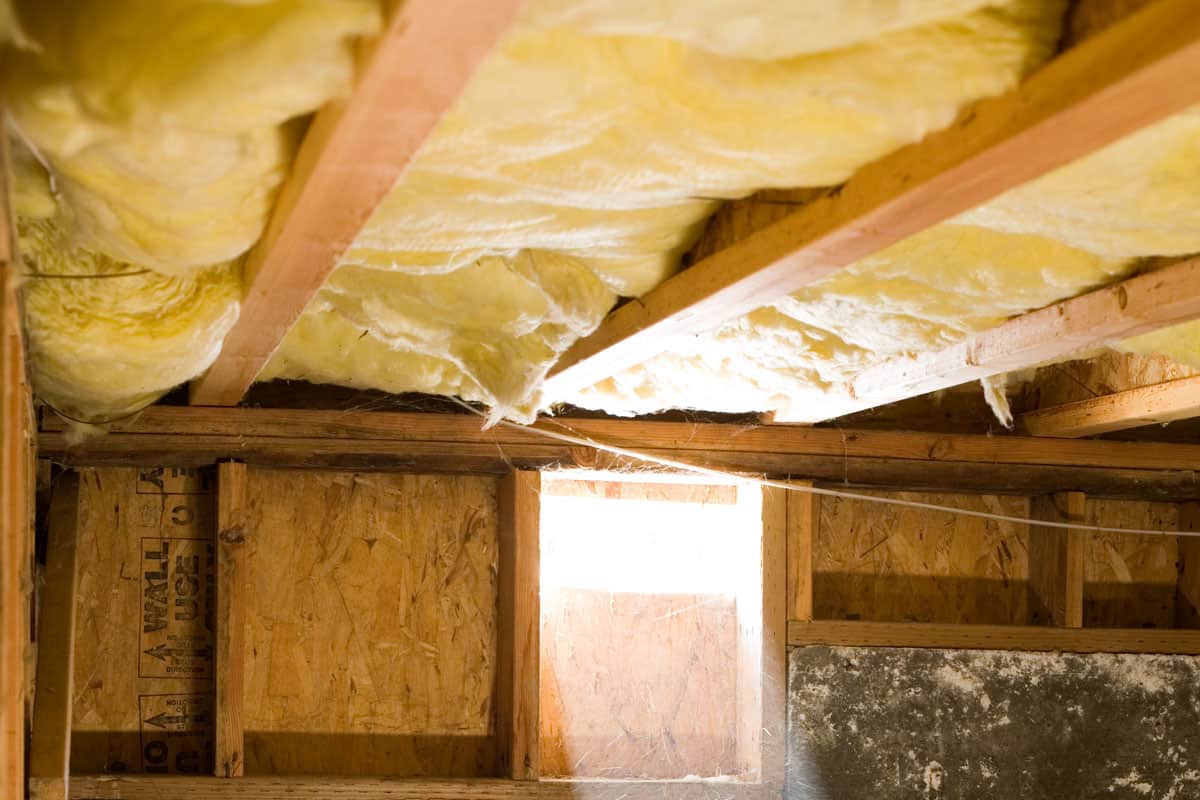
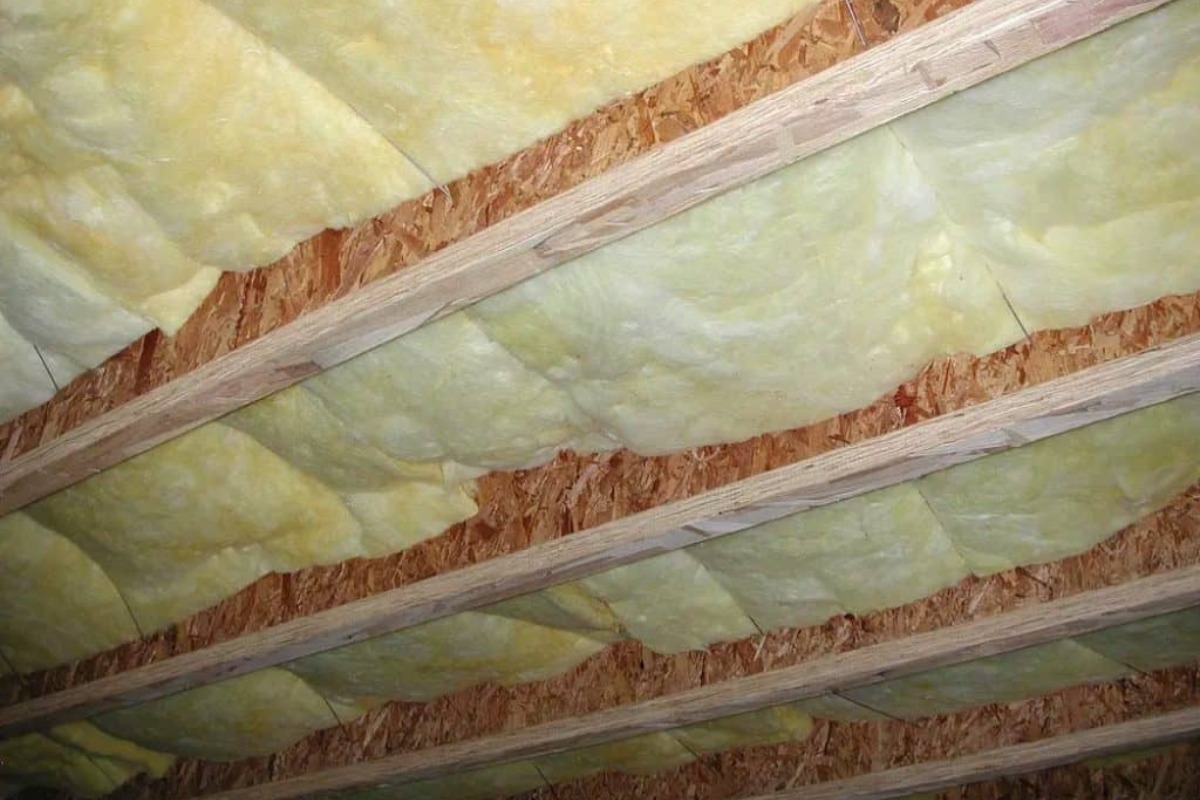
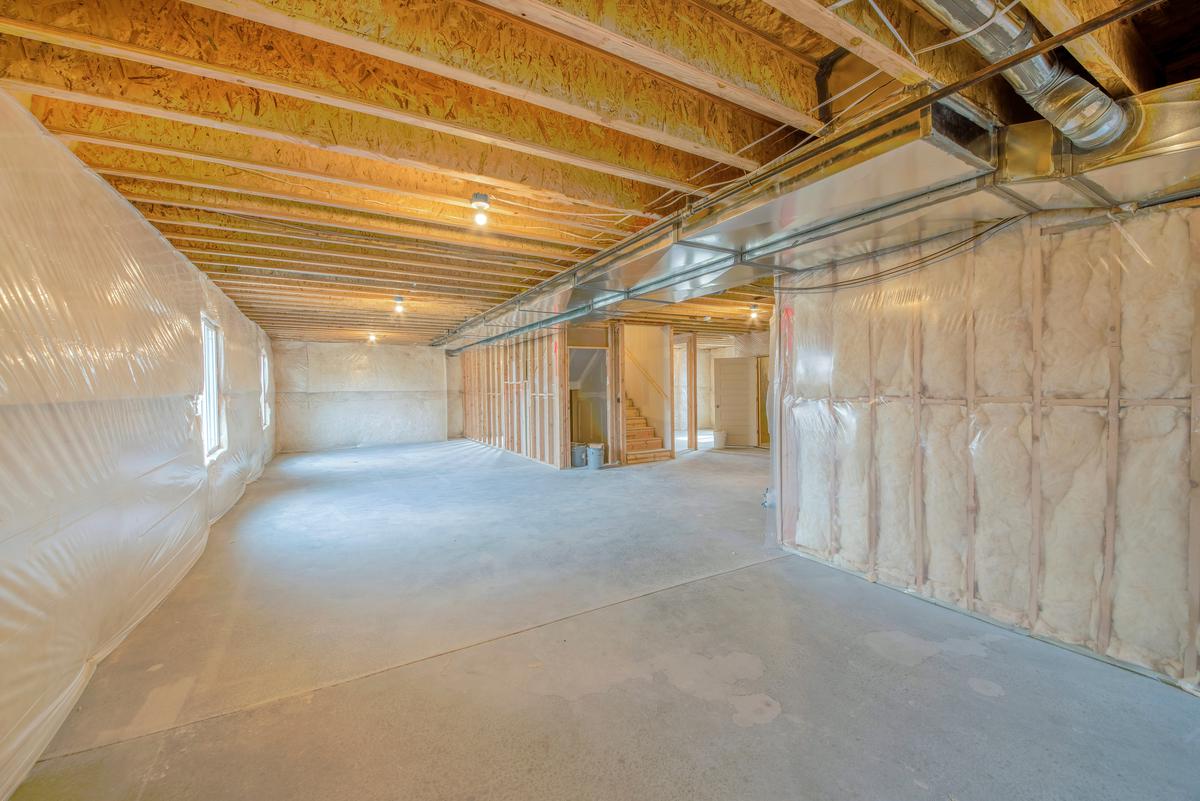
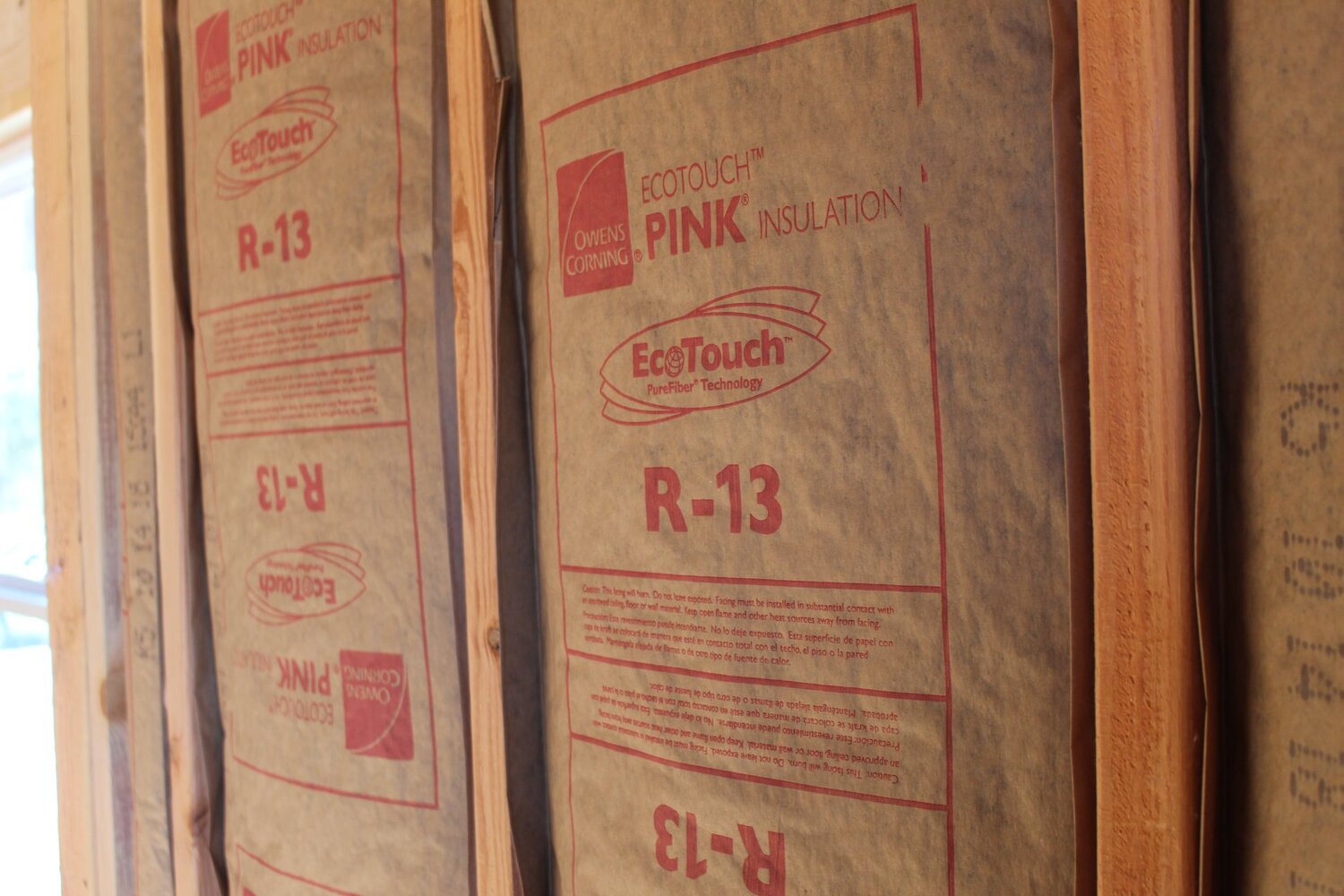
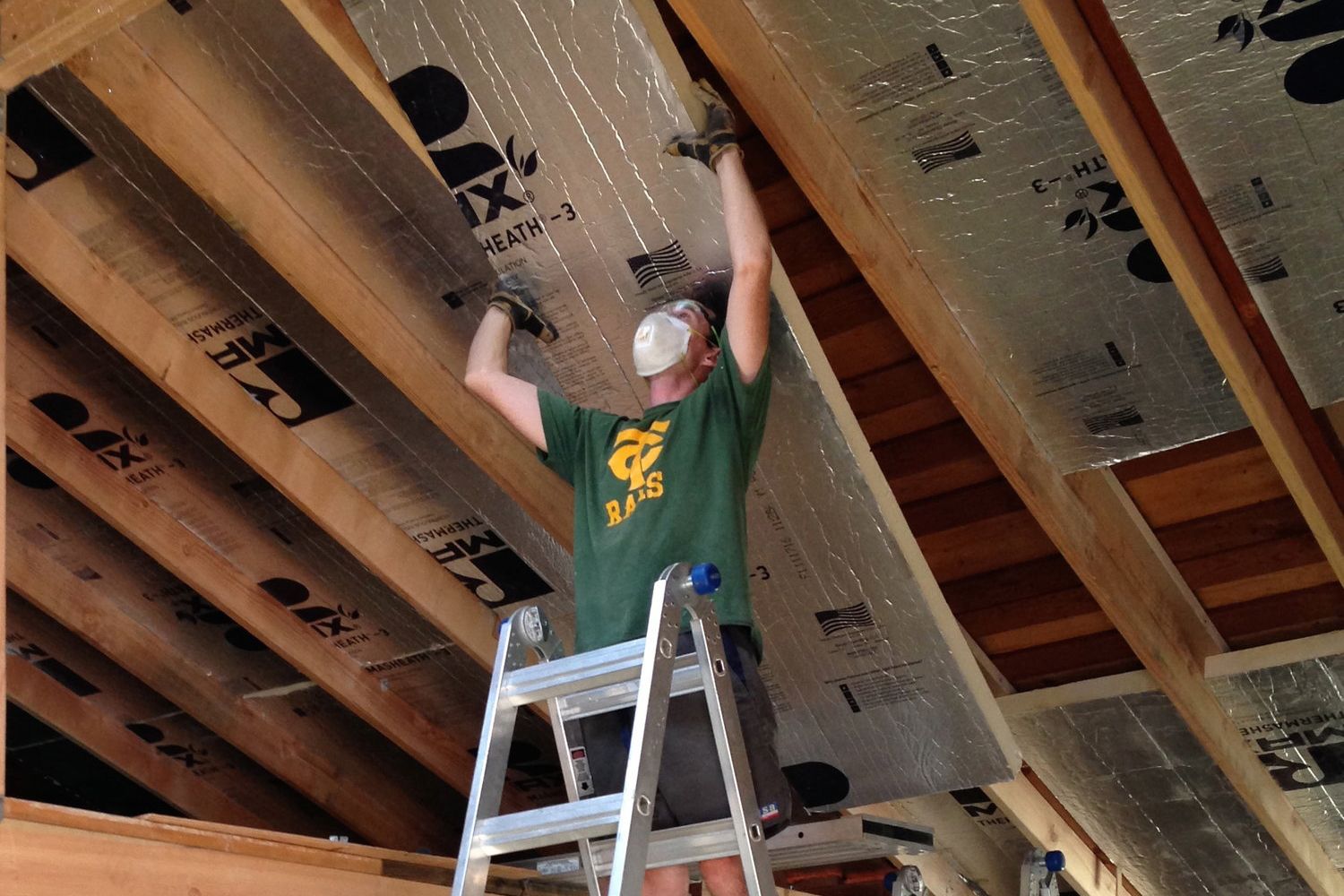
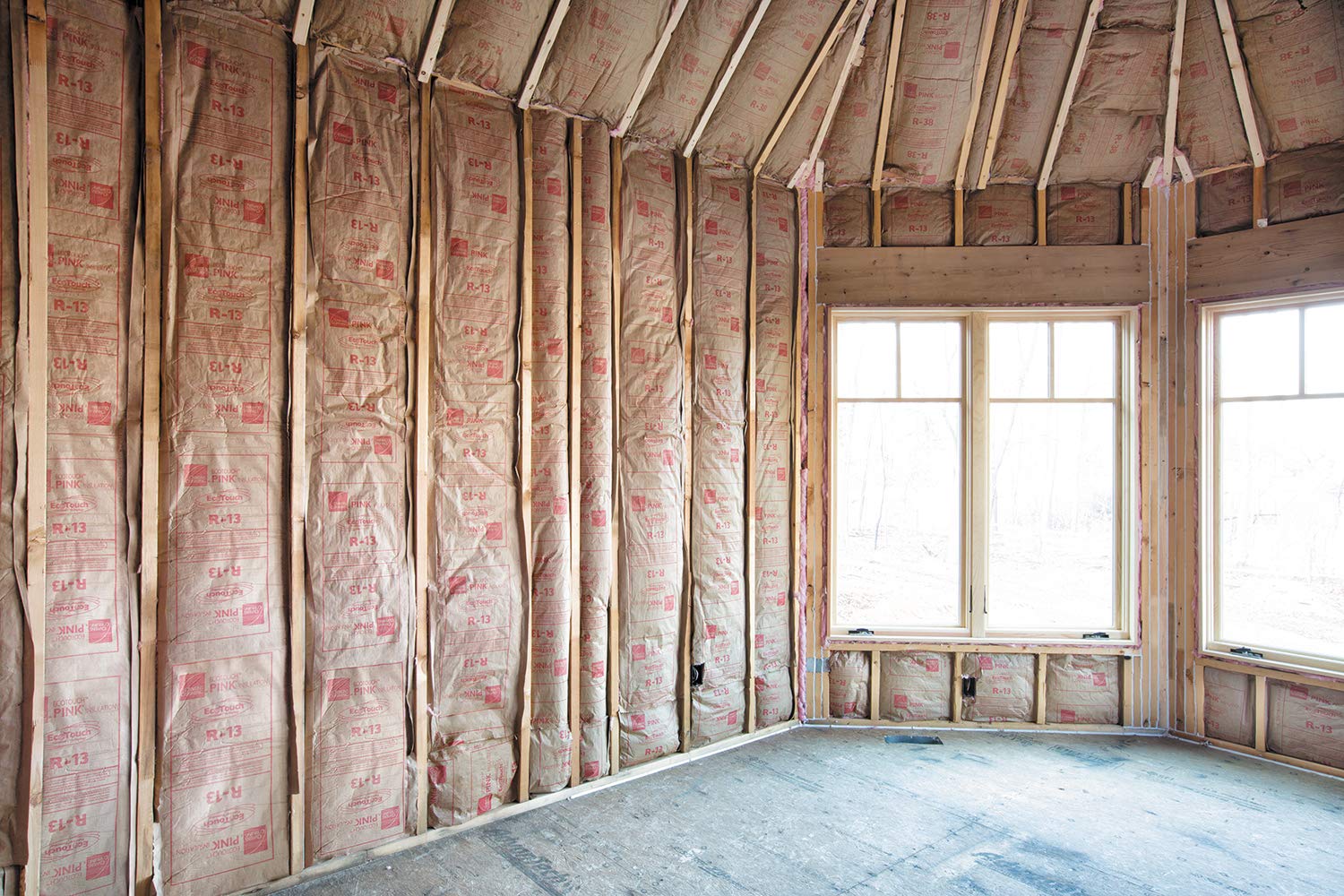
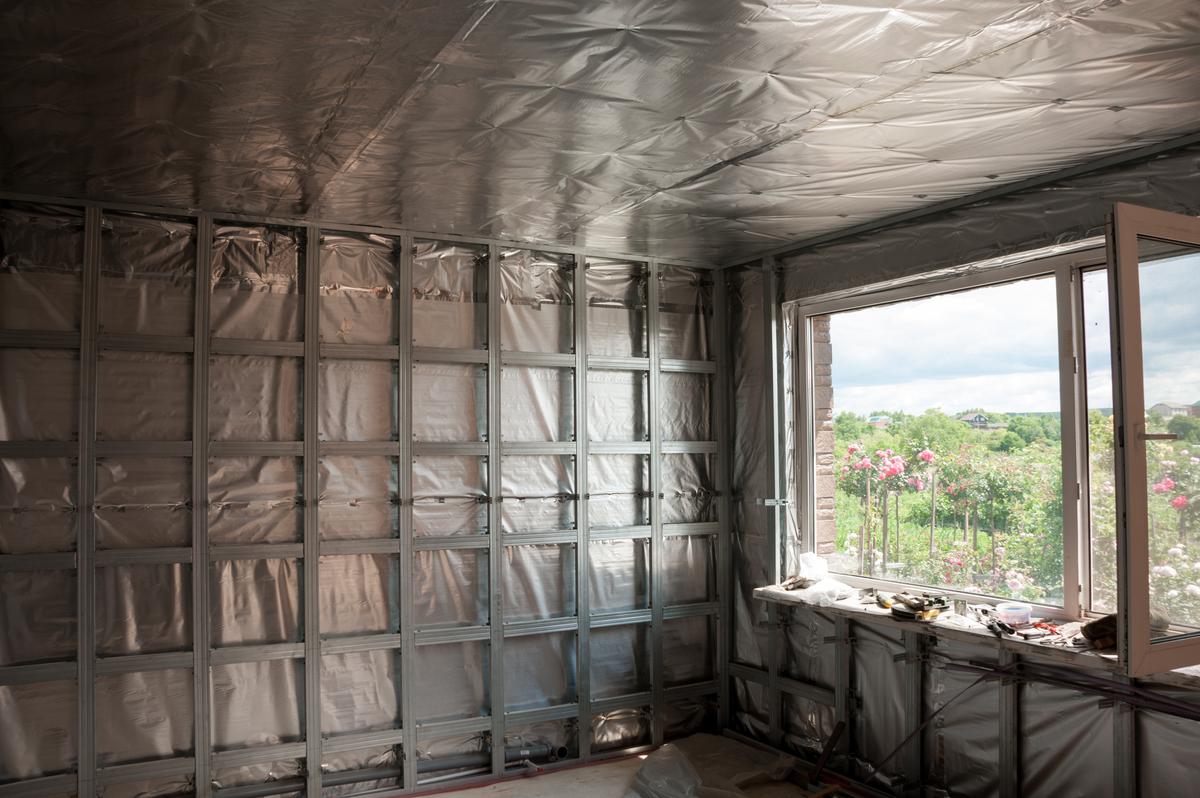
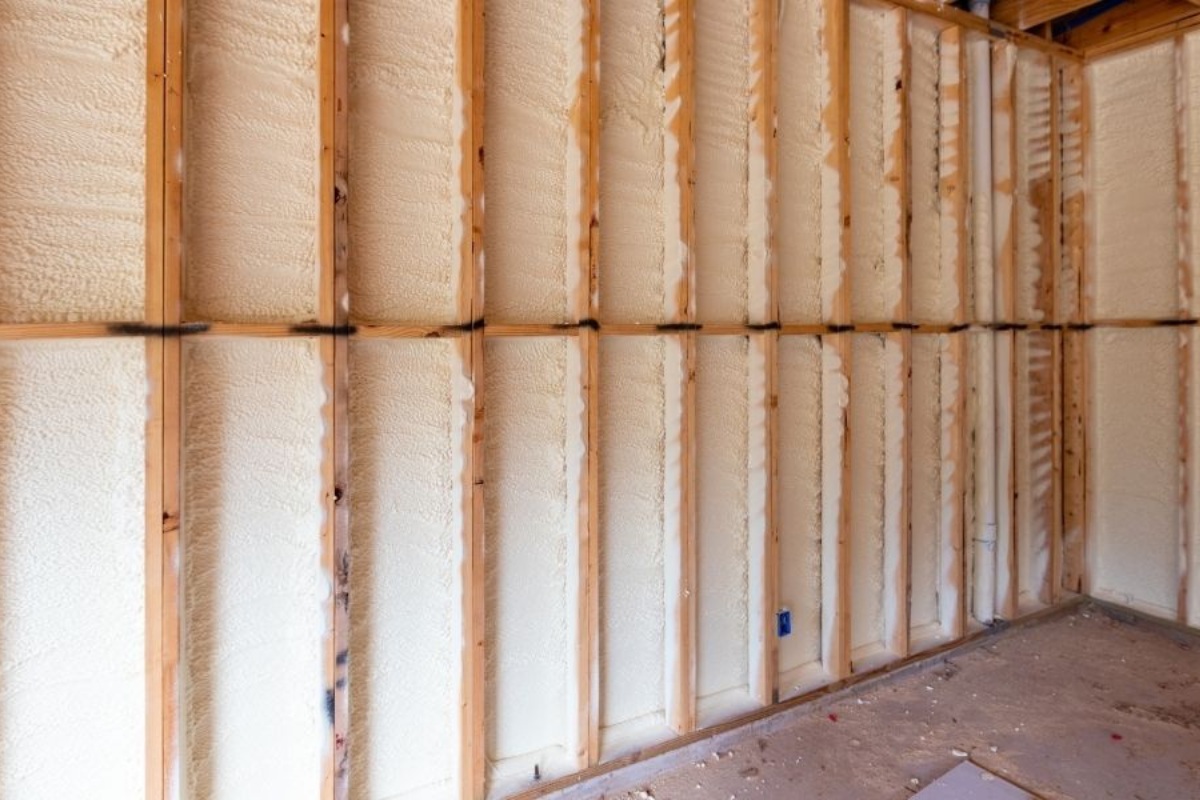
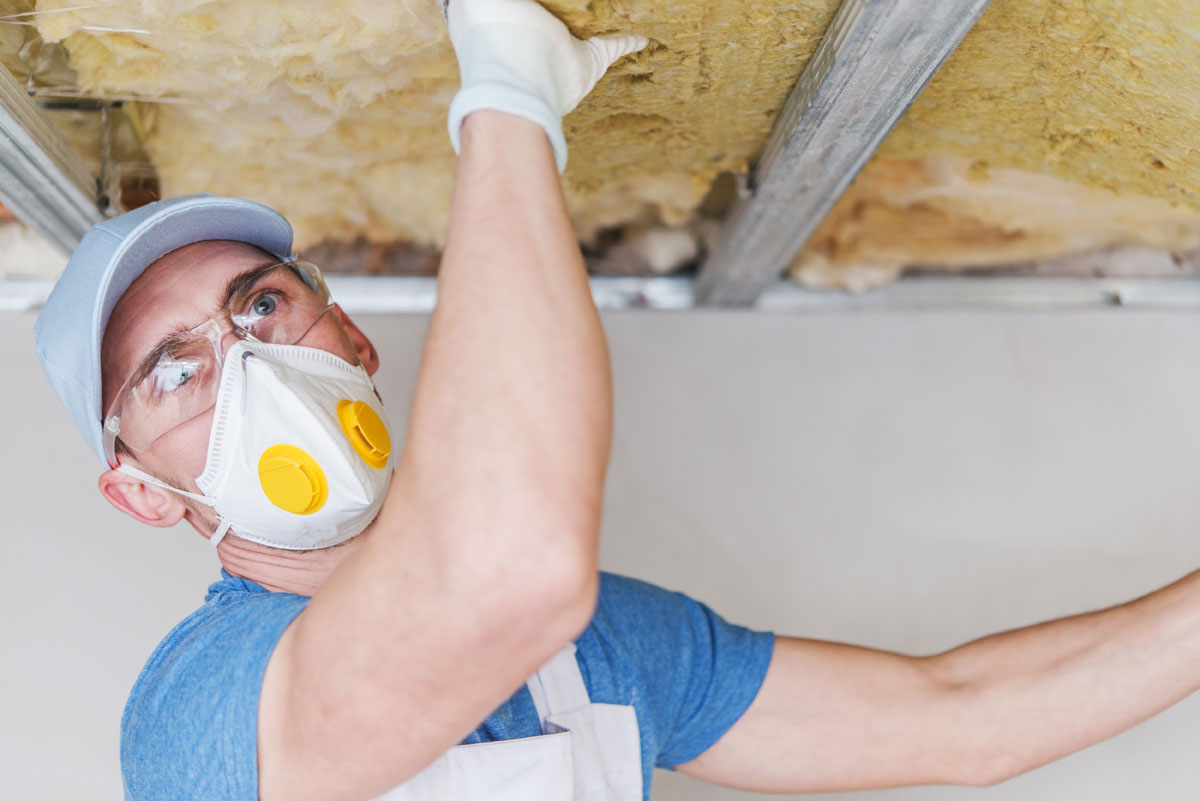
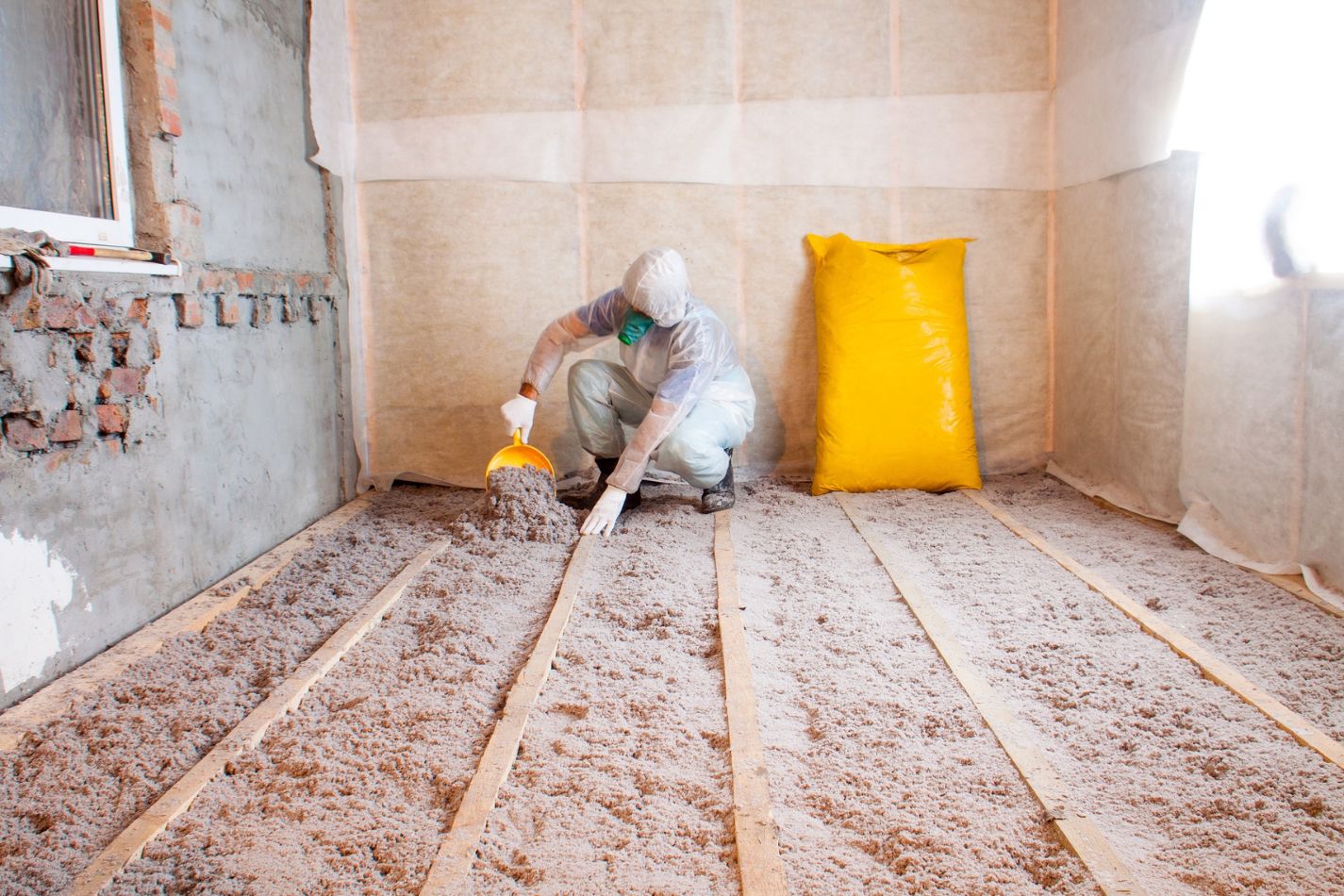

0 thoughts on “What Is The R-Value In Insulation”